Saffron, the vibrant crimson threads that weave through the tapestry of history, has long been revered for its exotic flavor, enchanting aroma, and golden hue. This precious spice, derived from the Crocus sativus flower, has not only infused culinary delights but has also played a pivotal role in cultural, medicinal, and economic narratives throughout the ages.
The journey of saffron begins in the cradle of civilization, with evidence of its cultivation dating back to ancient Mesopotamia around 2000 BCE. Traders carried saffron along the Silk Road, introducing it to diverse cultures, from the Phoenicians in the Mediterranean to the Chinese in the Far East. The spice found its way into the hands of royalty, becoming a symbol of luxury and opulence in ancient Persia and Egypt.
Saffron’s cultural significance transcends borders and epochs. In ancient Greece, it was used not only in cuisine but also as a fabric dye and perfumed oil. The Romans valued saffron for its medicinal properties, while in India, it became an integral part of religious ceremonies and traditional medicine. The spice’s multifaceted role in various cultures showcases its ability to adapt and integrate into diverse practices.
The medicinal virtues of saffron have been extolled throughout history. From treating ailments in traditional Ayurvedic medicine to medieval European apothecaries prescribing saffron for various maladies, the spice has been a sought-after remedy. Modern scientific research continues to explore saffron’s potential benefits, including its antioxidant properties and potential mood-enhancing effects.
As saffron spread across the globe, it became a sought-after commodity, shaping trade routes and influencing economies. The “Saffron War” in 14th-century England, triggered by disputes over saffron fields, underscores its economic significance. Today, saffron remains a high-value crop, with regions like Kashmir in India, Iran, and Spain dominating its production.
Saffron’s mesmerizing color and exotic allure have inspired artists and writers for centuries. From the vivid hues in Persian miniature paintings to the poetic references in the works of Shakespeare, saffron has been a muse for creative expression. Its inclusion in cultural artifacts and literary masterpieces reflects the spice’s enduring impact on human imagination.
In the contemporary culinary world, saffron continues to be a prized ingredient, elevating dishes with its distinctive flavor. Chefs experiment with saffron-infused creations, from savory paellas to indulgent desserts. Beyond the kitchen, saffron’s use extends to the cosmetic and textile industries, where its vibrant color adds a touch of luxury to various products
The history of saffron is a rich tapestry woven with threads of trade, culture, medicine, and art. From its humble origins to its esteemed status as the world’s most expensive spice, saffron has stood the test of time. As we savor its taste in culinary delights or appreciate its cultural significance, we become part of an ancient narrative, where saffron’s golden legacy continues to unfold across generations.
Saffron Chronicles: A Comprehensive Journey Through Time
In the kaleidoscope of human history, few substances have transcended their humble origins to become symbols of opulence, culture, and tradition. Saffron, with its delicate threads of crimson gold, stands as a testament to the enduring allure of spices. This essay embarks on a comprehensive journey through time, exploring the multifaceted role of saffron in shaping civilizations, economies, and cultures across the ages.
The roots of the saffron saga can be traced back to ancient times, where the arid landscapes of the Middle East provided fertile grounds for its cultivation. Mesopotamian records from around 2000 BCE indicate the presence of saffron, marking its initial steps into the annals of human history. The early cultivation practices set the stage for saffron’s journey along the ancient trade routes, intertwining its destiny with the evolution of human societies.
As civilizations flourished in Greece and Rome, saffron found its place not only in kitchens but also in religious ceremonies, medicine, and luxurious Roman banquets. The spice became a symbol of wealth and prestige, adorning feasts and earning its place in the writings of ancient scholars and poets. Saffron’s versatility and cultural significance continued to blossom, establishing it as a commodity of great value.
The advent of the Silk Road marked a pivotal chapter in saffron’s journey, as traders carried the precious spice across continents, introducing it to diverse cultures. From the bustling markets of the Middle East to the imperial courts of China, saffron became a coveted commodity. Its inclusion in trade not only fueled economic growth but also facilitated the exchange of cultural practices and knowledge.
Saffron’s journey through time is painted with strokes of religious symbolism and artistic inspiration. In Hinduism, the spice holds sacred significance, adorning deities and rituals. The vibrant color of saffron has been a muse for artists, from the intricate illustrations of Persian manuscripts to the vibrant tapestries of Indian art. Its presence in religious ceremonies and cultural artifacts speaks to its enduring role in shaping spiritual and creative expressions.
As Europe emerged from the Dark Ages into the Renaissance, saffron continued to captivate the senses. From the kitchens of medieval monasteries to the courts of Renaissance kings, saffron’s versatility in culinary and medicinal realms became increasingly recognized. The spice’s impact on trade and commerce persisted, shaping the economies of regions cultivating this “red gold.”
In the modern era, saffron retains its status as a luxury spice, prized for its unique flavor and color. Cultivation centers in regions like Iran, India, and Spain contribute to the global saffron market. The spice’s journey through time is reflected in its continued use in traditional dishes, innovative culinary creations, and diverse industries, including cosmetics and textiles.
“Saffron Chronicles: A Comprehensive Journey Through Time” unravels the intricate tale of saffron’s evolution, from ancient cultivation to contemporary significance. As we trace the threads of saffron through the tapestry of human history, we witness its enduring impact on culture, trade, art, and cuisine. This spice, with its timeless appeal, continues to weave its way through the pages of history, leaving a legacy of color, flavor, and cultural richness for generations to come.
Saffron Eclipses: A Tapestry of Uses Across Centuries and Continents
In the rich mosaic of global spices, saffron emerges as a celestial thread, weaving a tapestry of uses that span centuries and continents. The journey of this precious spice, extracted from the Crocus sativus flower, reflects not only its culinary significance but also its diverse roles in medicine, culture, and commerce. This essay delves into the radiant history of saffron, exploring its multifaceted applications across time and geographical boundaries.
Saffron’s entrance onto the world stage was through the kitchen, where its distinctive aroma, flavor, and golden hue enchanted chefs and diners alike. From ancient Persia to the courts of medieval Europe, saffron adorned the tables of royalty, adding a touch of sophistication to dishes. Today, the spice remains a key player in global cuisines, from the aromatic paellas of Spain to the indulgent biryanis of South Asia, leaving an indelible mark on the world’s gastronomic landscape.
Beyond the kitchen, saffron permeates cultural and religious practices across diverse societies. In India, it is intricately woven into religious ceremonies, adorning deities and symbolizing purity. The vivid color of saffron has become synonymous with asceticism and spiritualism, creating a link between the divine and the earthly. Its use in ceremonies and rituals transcends geographical boundaries, connecting cultures through shared reverence.
Saffron’s therapeutic properties have been recognized since antiquity, with references to its medicinal uses found in ancient texts from Greece, Rome, and China. From treating digestive ailments to soothing respiratory issues, saffron has been a versatile remedy. Modern research continues to unveil its potential health benefits, including its anti-inflammatory and antioxidant properties, reinforcing its historical standing as a medicinal marvel.
As saffron traveled along ancient trade routes, it became a catalyst for economic growth and geopolitical influence. The spice’s high value per weight led to the establishment of lucrative trade networks, shaping the destinies of regions cultivating this “red gold.” The historic “Saffron War” in England and the spice’s role in the economic prosperity of Kashmir highlight its enduring impact on global trade and commerce.
The rich color and exotic fragrance of saffron have inspired artists throughout history. From the intricate patterns of Persian carpets to the vibrant hues in Renaissance paintings, saffron has left an indelible mark on the world of art. Its symbolism in literature and visual arts reflects its role as not just a spice but a muse for creative expression, capturing the imagination of poets, writers, and painters across the ages.
In the contemporary era, saffron’s influence extends beyond traditional uses. It finds a place in the perfume and cosmetics industries, where its unique fragrance and color contribute to luxurious products. Saffron-infused textiles, known for their richness and vibrancy, showcase the spice’s enduring appeal in modern design and fashion.
Chronicles of Saffron: Metamorphosis Across the Sands of Time
In the vast expanse of human history, certain elements undergo a captivating metamorphosis, evolving through epochs while leaving an indelible mark on the cultural, culinary, and medicinal landscapes. Saffron, with its ethereal crimson threads, stands as a prime example of such a transformative journey across the sands of time. This essay unfolds the chronicles of saffron, tracing its metamorphosis through the ages and exploring the dynamic roles it has played across different civilizations and continents.
The saga of saffron begins in the ancient cradle of civilization, where the Crocus sativus flower found its place in the arid soils of the Middle East. As early as 2000 BCE, saffron made its presence known, its delicate threads becoming an integral part of Mesopotamian and Persian cultures. Its early uses as a culinary delight and a symbol of luxury laid the foundation for a legacy that would transcend centuries.
Saffron embarked on a transformative journey along the fabled Silk Road, traversing deserts, mountains, and vast stretches of terrain. Its movement across continents exposed it to diverse cultures, fostering exchanges that went beyond trade. Saffron became not only a commodity but a cultural ambassador, influencing cuisines, traditions, and artistic expressions in the lands it touched.
As the medieval era unfolded, saffron reached the zenith of its influence. From the aromatic kitchens of Moorish Spain to the royal courts of India, saffron became synonymous with opulence and refinement. Its ability to infuse dishes with a unique flavor and vivid color elevated it to a position of prestige, making it a sought-after ingredient in the culinary world.
The spice’s popularity didn’t come without its challenges. In medieval England, the “Saffron Wars” erupted as disputes over saffron fields became intense. This period reflected not only the economic value of saffron but also the social dynamics and power struggles associated with its cultivation. Across the globe, regions cultivating saffron witnessed economic booms, shaping the fortunes of those who controlled its production.
Saffron transcended its role as a mere spice, acquiring symbolic significance in various cultures. In Hinduism, it became an auspicious offering to deities, while in Buddhism, it represented purity and enlightenment. The threads of saffron adorned the robes of monks, embodying spiritual transformation. Its presence in religious rituals and ceremonies became a testament to its metamorphosis into a cultural icon.
In the contemporary era, saffron continues to captivate the world, its journey marked by resilience and adaptability. Beyond culinary uses, it has found applications in medicine, cosmetics, and even technological innovation. Scientific studies uncover its potential health benefits, ensuring that its metamorphosis remains an ongoing process, adapting to the needs and interests of each passing age.


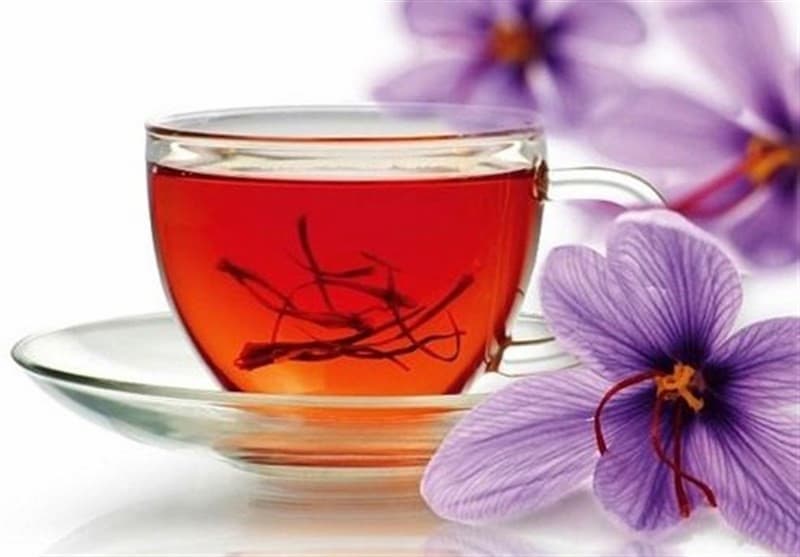
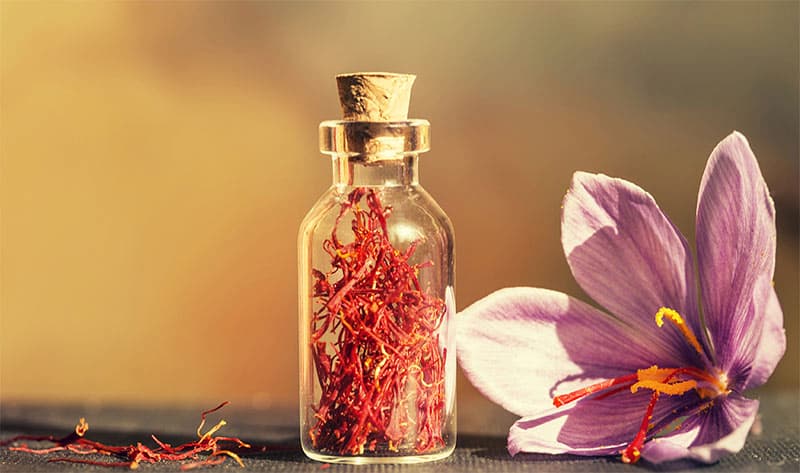
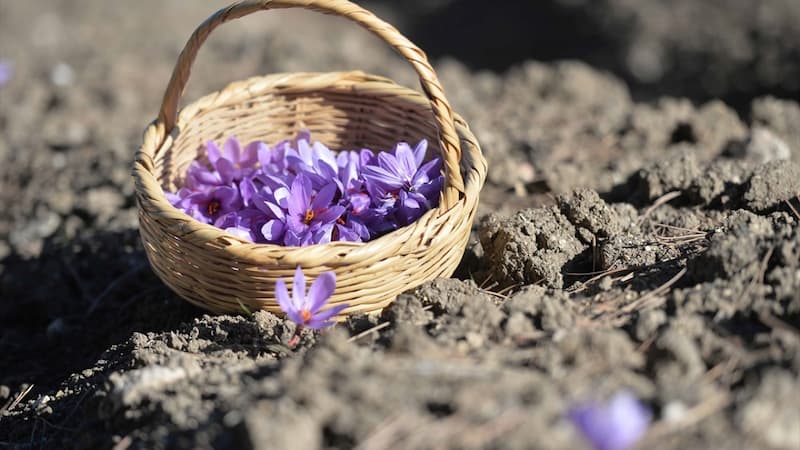
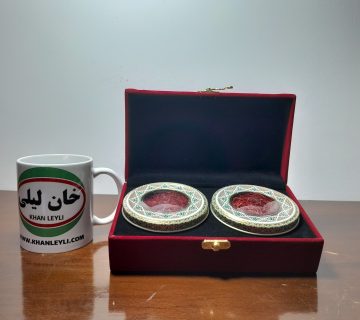
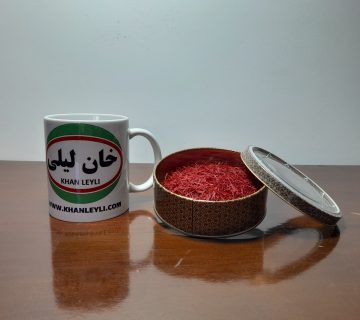
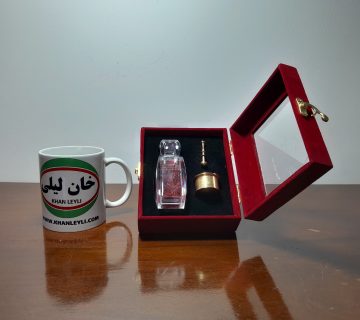
No comment